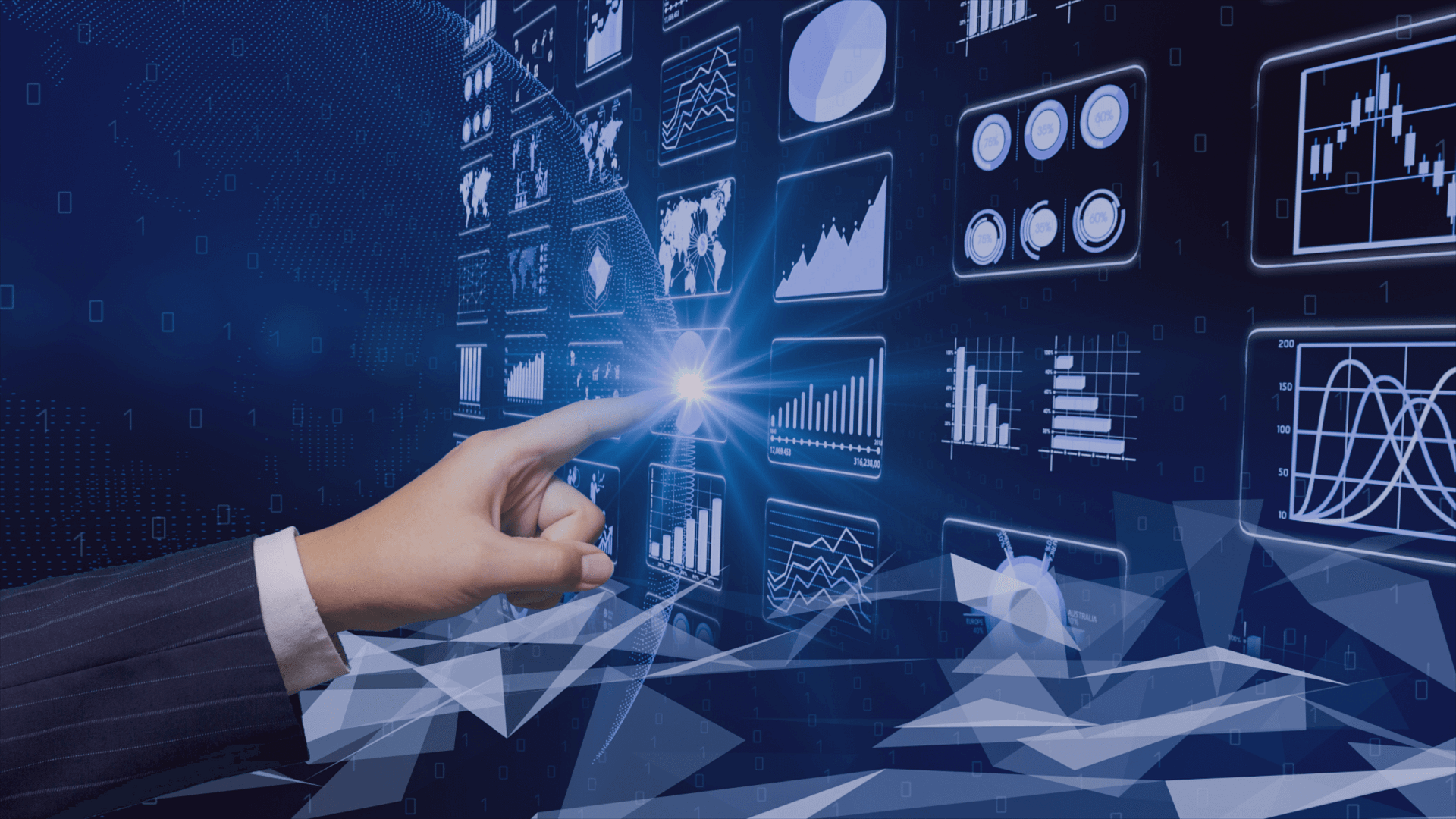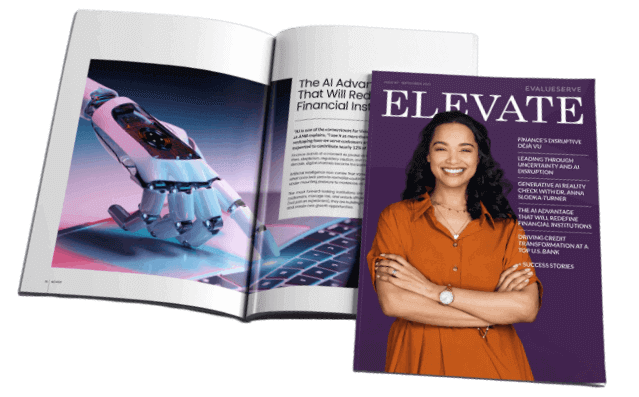Commercial excellence has always been about doing more with less—optimizing sales operations, accelerating market insights, and making smarter strategic decisions faster than competitors. But for decades, the bottleneck hasn't been strategy or talent. It's been time.
The best commercial teams spend enormous hours on tasks that don't require their expertise: manually compiling competitor intelligence, researching market data for cost models, qualifying leads that go nowhere, extracting insights from hundreds of documents. Meanwhile, the strategic work that actually drives revenue—understanding customer needs, positioning against competitors, crafting go-to-market strategies—gets squeezed into whatever time remains.
AI agents are changing this equation. Not through hype or promise, but through measurable efficiency gains happening right now across commercial functions. We're seeing 11-22% time savings on complex projects, 60-70% reductions in repetitive workflows, and commercial teams reclaiming strategic capacity they thought was gone.
Here's what's actually working.
Commercial Excellence Starts with Spending Time on What Matters
The pattern across industries is remarkably consistent. Commercial teams know what drives results—deep customer insight, competitive positioning, strategic account planning—but they're buried in data gathering, spreadsheet wrangling, and document compilation.
Take a recent go-to-market strategy project for a global payments company entering Latin American markets. The project involved market sizing, competitive analysis, customer needs assessment, partnership strategy, and strategic recommendations. Total effort: four months with a five-person team.
The efficiency breakdown revealed where AI agents created value:
- Foundational research & project understanding: 30% time savings by using AI for preliminary secondary research, summarizing insights from 40+ expert calls, and building structured frameworks
- Market and customer assessment: 20% time savings through automated trend analysis and regulatory landscape mapping
- Market sizing & opportunity analysis: 13% time savings by accelerating data synthesis and assumption building for TAM calculations
- Competitor analysis: 7% time savings in benchmarking and intelligence gathering
Overall project efficiency gain: 11%
The story wasn't just about speed. The team's capacity shifted. Instead of spending weeks gathering commodity market data and transcribing interview notes, analysts focused on strategic interpretation—the "so what" for the business. They ran more scenarios, pressure-tested assumptions in real-time, and delivered richer recommendations.
When Research Becomes a Competitive Advantage, not a Bottleneck
Another commercial challenge: understanding share of wallet across key accounts. For a specialty ingredients company analyzing customer spend across categories and end markets, the traditional approach required weeks of manual work.
The team needed to bucket and categorize 200-250 products per account across five major customers, analyze point-of-sale data, validate gross margins across product categories, and estimate cost-in-use for key ingredients. Then came 20 expert interviews to validate findings.
Using ChatGPT Deep Research for the most tedious elements:
- Foundational research and categorization: 30% time savings on ingredient bucketing and product classification
- Market sizing and opportunity assessment: 15% time savings on margin analysis and cost calculations
- Interview analysis: 10% time savings synthesizing insights from transcripts
Overall project efficiency gain: 22%
The real transformation paired faster analysis with analytical depth. With AI handling product categorization and data structuring, analysts spent their time on nuanced questions: Why does this customer's ingredient mix differ from peers? Where are white space opportunities? What drives margin variation across segments?
The same team that previously maxed out at analyzing three major accounts per quarter could now handle five or six—not by working longer hours, but by eliminating the tedious work that consumed their expertise.
Turning Interviews into Intelligence Without the Transcription Marathon
Perhaps nowhere is AI's impact more immediately felt than in interview-driven research. Commercial intelligence often requires dozens of expert conversations—with customers, former employees, channel partners, industry analysts. The insights are invaluable, but extracting them from 25+ hour-long interview transcripts is brutal.
One competitive intelligence project for a workers' compensation insurance broker required 25 expert interviews. The traditional workflow: conduct interviews, manually review each transcript, extract key themes, synthesize across conversations, build the final report.
Using Microsoft Copilot to analyze interview transcripts:
- Interview analysis: 30% time savings (accounting for 50% of total project effort)
- Project understanding and setup: 20% time savings through automated secondary research
- Interview coordination: 10% time savings through AI-assisted scheduling and follow-up
Overall project efficiency gain: 17%
The impact was most dramatic in the analysis phase. Instead of spending days reading transcripts and manually tagging themes, analysts used AI to surface patterns, identify consensus views, and flag outlier perspectives. They spent their time interpreting what the patterns meant for strategy rather than hunting for the patterns themselves.
The Scalability Question: From One-Off Wins to Systematic Advantage
Individual project efficiency gains matter, but the real commercial excellence opportunity is systematic transformation. How do you move from AI helping on specific projects to AI fundamentally changing how commercial functions operate?
The answer is building engines, not one-off solutions.
Consider three companies that embedded AI into ongoing commercial operations:
1. 24/7 Opportunity Detection for Asset-Based Sales ($180K+ annual revenue, one business unit)
A building technologies company built a web and database crawler that continuously flags new retrofit and data center opportunities, scores and enriches them with AI, and pushes qualified leads directly to CRM.
The same logic works for any "asset-based" lead: construction projects, facility upgrades, equipment installations. Instead of reps manually monitoring news and databases, the system runs continuously. Response time to opportunities dropped from days to hours. The template is now expanding across five additional business units.
2. Two-Click Competitor Intelligence for Capital-Heavy Industries ($100K+ annual revenue)
A battery manufacturer automated competitor capacity deck generation (pulling chemistry, plant location, production year, and status data) with summarized insights delivered in seconds instead of days.
The template monitors capacity for any capital-heavy sector: chemicals, solar, semiconductors, specialty materials. It creates a sticky subscription model because intelligence stays current automatically, and it opens research upsell opportunities when clients need deeper dives.
3. Probability-to-Win Engine for Complex B2B Sales ($260K+ annual revenue)
An automotive supplier built a system that continuously recalculates win probability by mining win/loss data, OEM news, production volumes, and price movements. It surfaces pricing recommendations and RFP guidance in real-time.
The universal probability-to-win engine works for any Tier-1 supplier with complex RFQ cycles: automotive, aerospace, industrial components. Sales teams moved from gut-feel forecasting to data-driven pipeline management.
What Actually Drives Commercial Excellence Gains
After analyzing efficiency improvements across dozens of commercial projects, clear patterns emerge about where AI agents create value:
High-Impact Areas (60-90% efficiency gains)
- Desk research and data collection from public sources
- Document summarization and insight extraction
- Data structuring and normalization
- Report generation and presentation prep
Medium-Impact Areas (15-30% efficiency gains)
- Interview analysis and theme identification
- Competitive benchmarking and landscape mapping
- Market sizing and forecasting calculations
- Sense-checking and validation loops
Low-Impact Areas (minimal or no gains)
- Strategic recommendation development
- Primary research and expert consultation
- Client relationship management
- Nuanced interpretation requiring deep domain expertise
AI excels at tasks with structure and scale, humans excel at tasks requiring judgment and creativity. Commercial excellence comes from matching the right capability to the right task.
The Questions Commercial Leaders Should Ask
If you're leading sales operations, competitive intelligence, market research, or commercial strategy, the relevant questions aren't hypothetical:
-
Where are your experts spending time on non-expert work?
If senior analysts spend 40% of their time on data gathering, document formatting, or administrative tasks, you're paying premium rates for commodity work.
-
What insights are you missing because bandwidth doesn't exist?
The opportunities you don't evaluate, the accounts you don't analyze, the competitive threats you don't monitor. These are the real costs of capacity constraints.
-
How long does it take to respond to a strategic question?
If "Can we compete in this market?" or "What's our win probability on this deal?" requires two weeks of analysis, you're making decisions on stale information.
-
Is your intelligence aging or evolving?
Static reports delivered quarterly create blind spots. Markets don't wait for refresh cycles.
-
Are you building capabilities or just completing projects?
One-off efficiency gains are nice. Systematic transformation of how commercial functions operate is game-changing.
What's Next for Commercial Excellence
The companies seeing real results aren't waiting for perfect AI solutions. They're identifying high-value, repeatable workflows where AI can create immediate impact, measuring results rigorously, and scaling what works.
They're asking: What takes our best people 20 hours that AI could do in 2? Where are we making the same analytical moves repeatedly? What intelligence do we rebuild from scratch each time instead of maintaining continuously?
The efficiency gains we're seeing - 11% on complex GTM projects, 17% on interview-driven research, 22% on analytical deep-dives - compound quickly. A team that operates 15-20% more efficiently doesn't just do more work. They take on different work. They shift from reactive to proactive. From overloaded to strategic.
That's the real promise of AI for commercial excellence. Not replacing human expertise, but unleashing it.
The case studies and examples in this post come from real client engagements across pharmaceuticals, specialty chemicals, building technologies, financial services, and industrial manufacturing. Results vary by use case, but the pattern is consistent: when commercial teams apply AI to repetitive, structured work, they reclaim strategic capacity and accelerate decision-making.
Want to explore where AI agents could create efficiency gains in your commercial operations? Let's start with the bottlenecks your team wishes would disappear.
Talk to One of Our Experts
Get in touch today to find out about how Evalueserve can help you improve your processes, making you better, faster and more efficient.



